How to winterize a lawn – 7 steps for lush grass year round
Help your lawn to overwinter and reap the rewards with thick, green grass from spring through fall
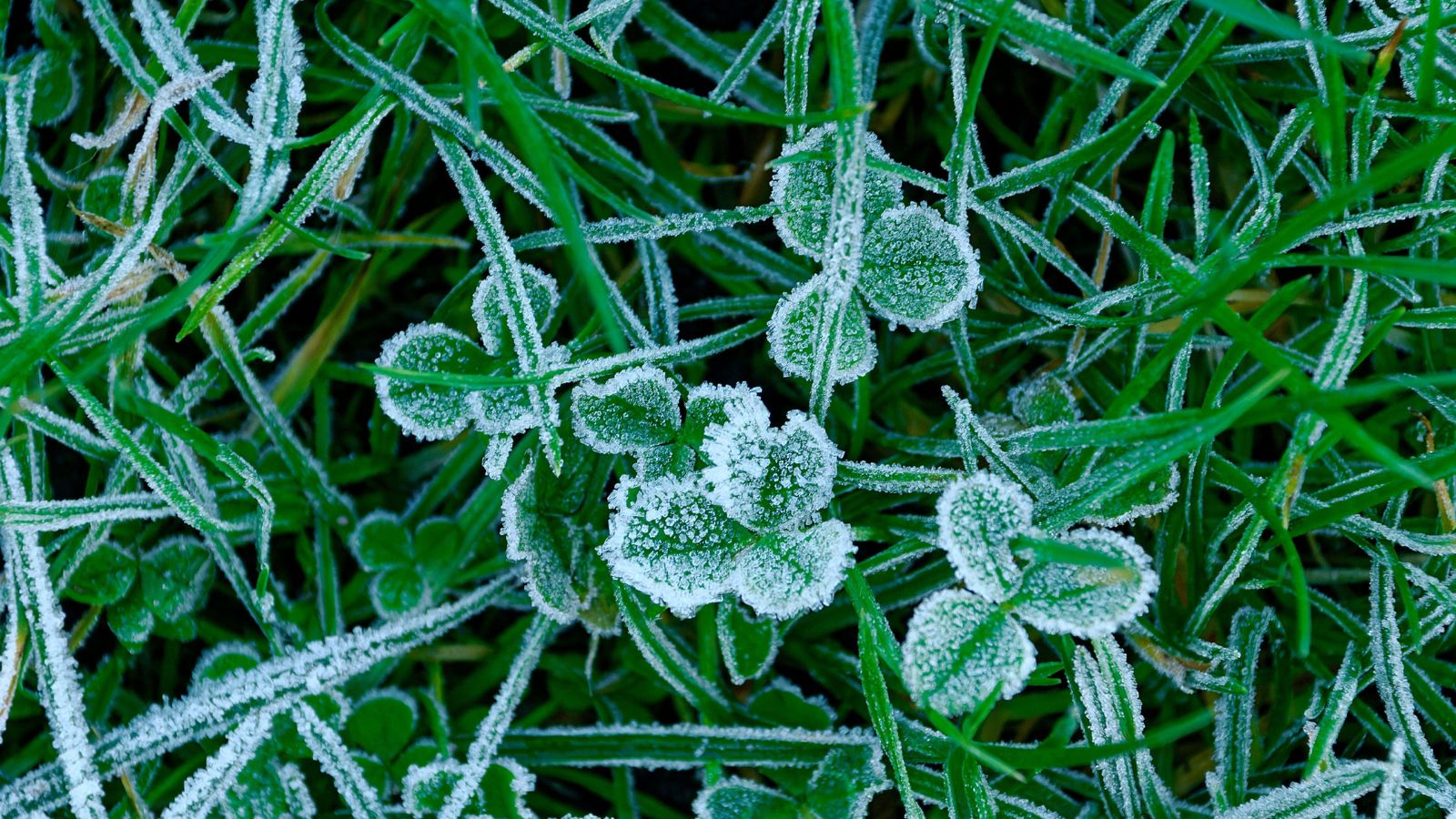

If you’re looking for a lush lawn year-round, consistent care is key. Perfectly manicured grass won’t pop up in summer without the seasons of preparation that come before it. One essential part of this preparation is winterizing.
Winterizing a lawn is most important for cool-season grasses – such as bluegrass or fescue – that do most of their growing in fall. Warm-season grasses will still need to be cleared and mowed, but the fertilizing step typically can be left till the following spring, depending on your hardiness zone.
Although winter lawn care is a task few look forward to, following these five easy steps will make the process far more tolerable, allowing your lawn to overwinter happily, so you can enjoy your healthy green lawn come springtime.
How to winterize a lawn
These simple steps might take you a day or so, depending on the size of your yard, but help your lawn overwinter properly and you'll be rewarded year-round.
1. Deal with dead leaves
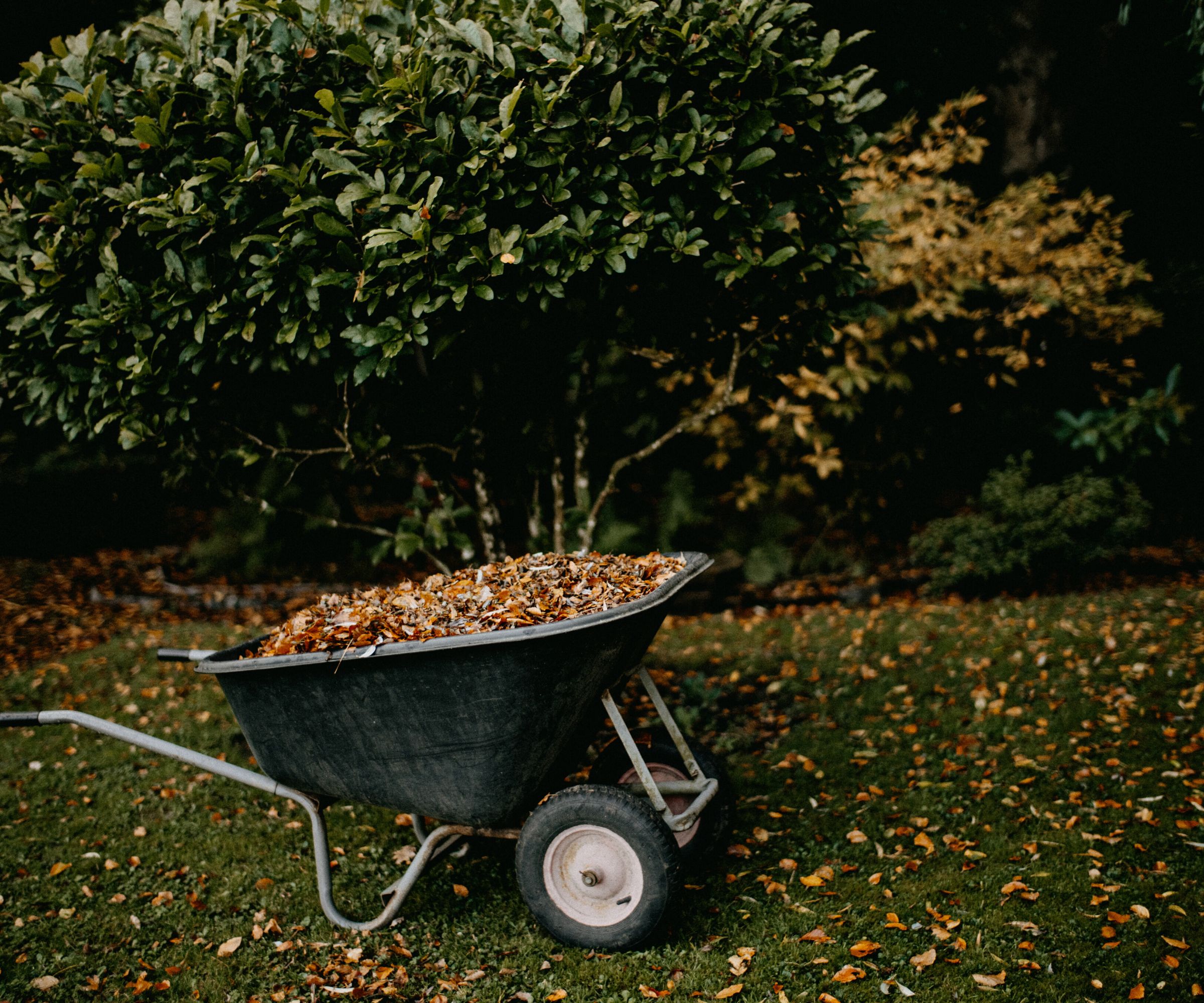
Once fall really kicks in, you’ll need to decide what to do with the piles of fallen leaves obscuring the lawn below.
Many gardeners clear them up, either throwing the leaves away or packing them on the compost pile. However, you can use dead leaves in the garden; fallen leaves provide essential cover and warmth for insects and other wildlife that can bring more activity to your garden and help the environment at the same time.
If you can handle a few untidy piles of leaves as the weather cools, consider leaving some areas of your lawn uncleared. In areas of open lawn, you can also use your mower to break up the fallen leaves to use as mulch. This provides a balance between tidiness and environmental benefit.
2. Remove weeds
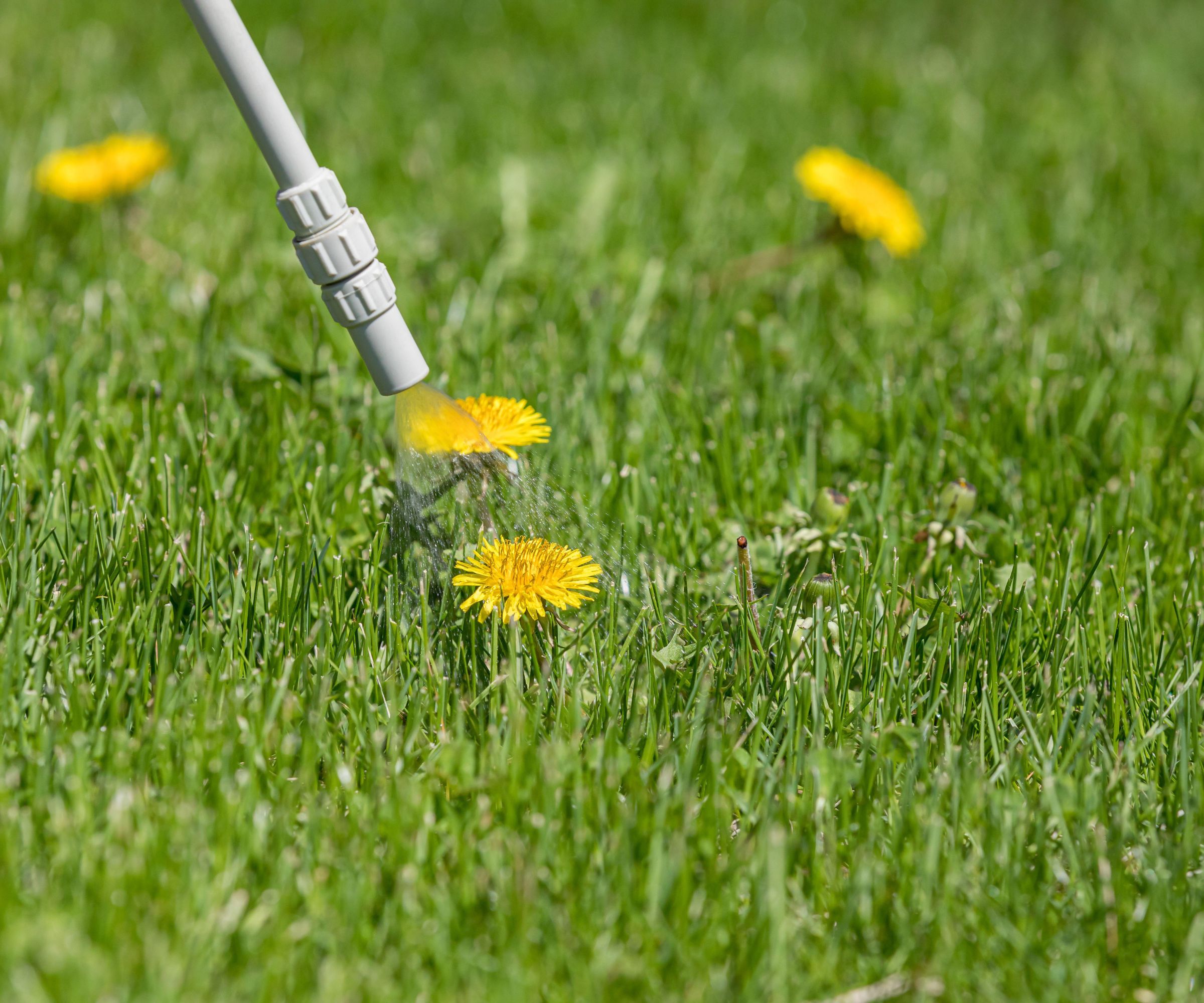
Next comes one of the most tedious (but also most essential) garden tasks – getting rid of weeds. Winterizing a lawn, designed to improve the growth of your grass, will also boost the growth of any weeds. This makes their removal later on in the year far tougher, so it’s better to get a head start by removing them early.
Removing weeds in early fall limits competition, ensuring the nutrients and water added at this time goes to the grass rather than the weeds themselves. Avoid using harsh chemicals that may impact lawn growth and the surrounding environment and remove weeds by hand.
3. Cut the grass
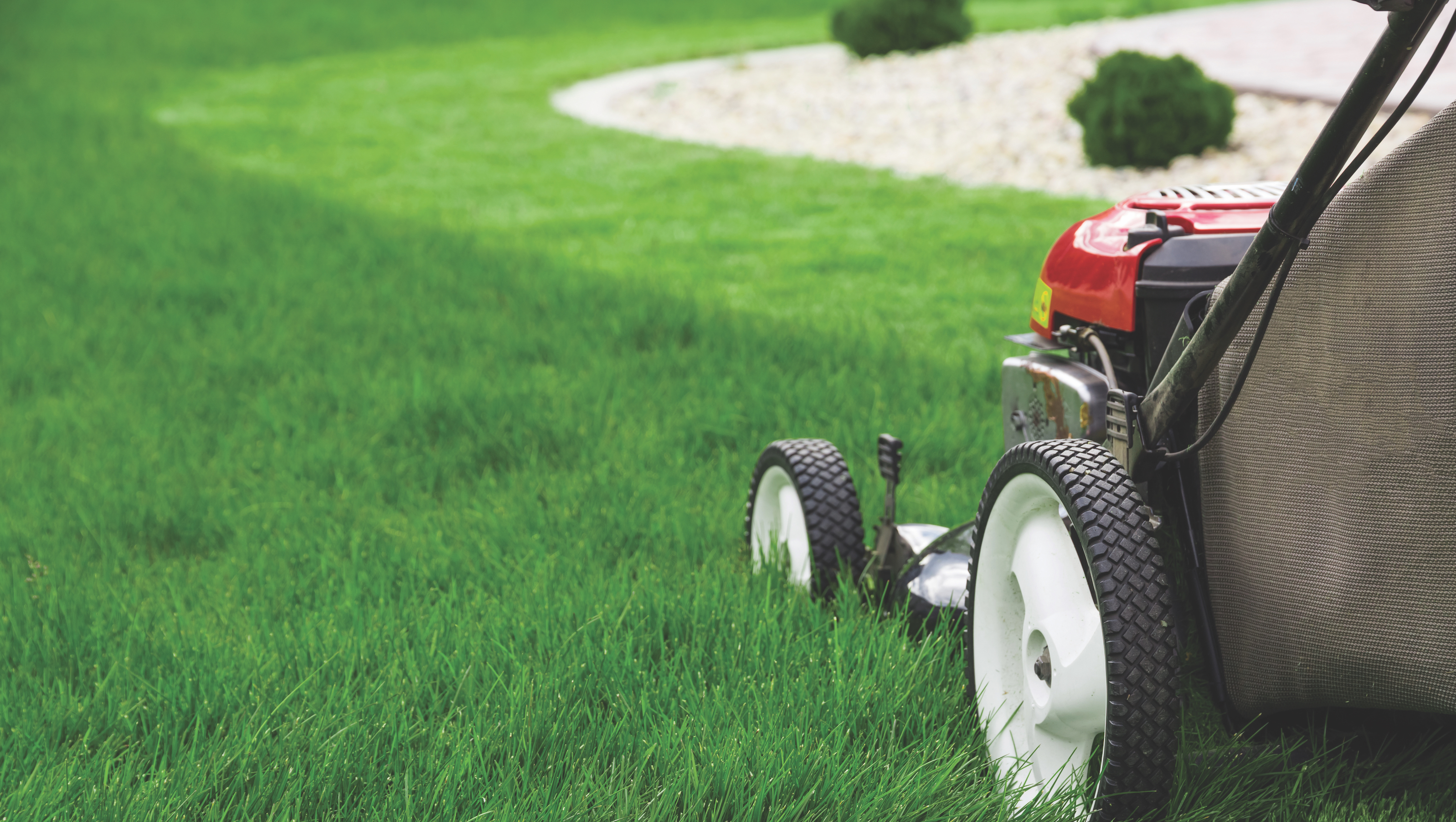
Should you stop mowing your lawn for winter? While you’ll be mowing less often in fall, the process does require more finesse than in the summer months. Allowing the lawn to grow too long can lead to mold growth, but to those who ask 'should I cut my grass short before winter?', we advise that cutting it too short can cause stress right before potentially damaging frost. A balance is needed to get it right.
In early fall, raise the height of your blades by about half an inch. This will limit stress and improve growth as temperatures drop. Cutting the lawn too short will expose the roots to potential damage, causing areas to die off without protection.
4. Aerate the lawn
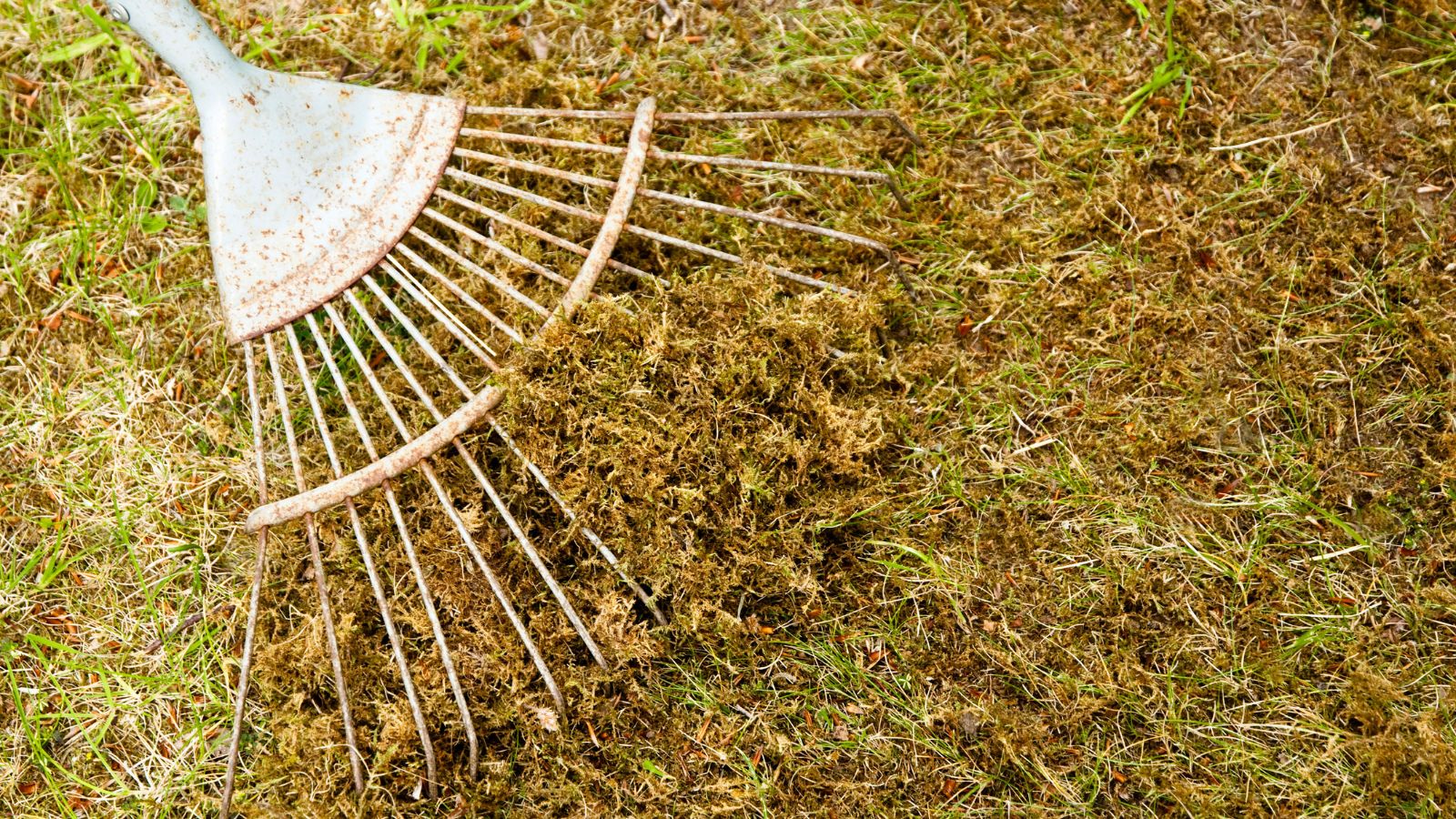
To allow nutrients and moisture to penetrate the grass and reach deep into the soil, aerate the lawn before feeding. This is especially important in cases of thatch build-up in high-traffic zones that can impact not only water and nutrient absorption but also airflow and drainage through the soil. You can find out how to dethatch a lawn in our separate guide.
Aerating should be done during the height of growth to ensure quick recovery and regrowth. For cool-season grasses, this is in fall as part of the lawn winterizing routine. However, for warm-season grasses, it’s better to wait until spring to prevent stress.
Complete this task well before the first frost in your area to avoid damaging the exposed blades and root systems.
5. Fertilize
The final step in the process is fertilizing your lawn. Early fall is the best time for cool-season grasses as this is when growth spurs and more nutrients are used.
Look out for winter-specific lawn fertilizers formulated for fall applications. These are generally higher in potassium than other lawn fertilizers to provide extra protection over winter.
For warm-season grasses that will turn brown when frost hits, avoid fertilizing in fall. This can encourage new and vulnerable growth that will only die off when temperatures drop. In these cases, wait until early spring to fertilize.
6. Test your soil
The steps above are the main components of winterizing your lawn. However, they are not the only tasks you should consider. Test the soil if your grass is underperforming; conducting a soil test can give you valuable insight into the potential problem. With an understanding of nutrient levels in the soil, you can use your fall fertilizer application to bring balance, improving growth in spring. Testing the pH of soil will also tell you whether you need to add lime to your lawn or sulfur.
7. Sow seeds
Planting grass seed to reseed and repair patches in grass or overseeding the whole lawn will ensure it fills out in early spring, helping to crowd any leftover weed seeds that may pop up.
What month should I winterize my lawn?
You should aim to winterize your lawn in fall, right through November but definitely before the first frosts.
Is winterizing lawn necessary?
Winterizing a lawn is necessary as part of the process to keep grass thick and healthy. Just as you ensure your plants and flowers are ready to take the bad weather and cold conditions winter throws at them, so should you prepare your lawn for the onslaught.
Should I winterize my lawn mower?
When winterizing a lawn, you can’t forget mower maintenance. If you’re packing your lawn mower away during frosts or snow, drain the fuel, clean the machine and sharpen the blades. Store in a dry area away from moisture until it is ready to be used again.
Sign up to the Homes & Gardens newsletter
Design expertise in your inbox – from inspiring decorating ideas and beautiful celebrity homes to practical gardening advice and shopping round-ups.

Madison is a garden writer and editor, covering all things outdoors and lifestyle. After completing a BA in History and Political Science, she transformed her years-long passion for plants into a career writing for both digital and print publications. As garden editor of several print titles, Madison focuses on trends and developments in the continuously expanding gardening industry. When not typing away at her desk, she tends to her ever-growing houseplant collection and travels frequently, photographing and reporting on gardens around the world.
-
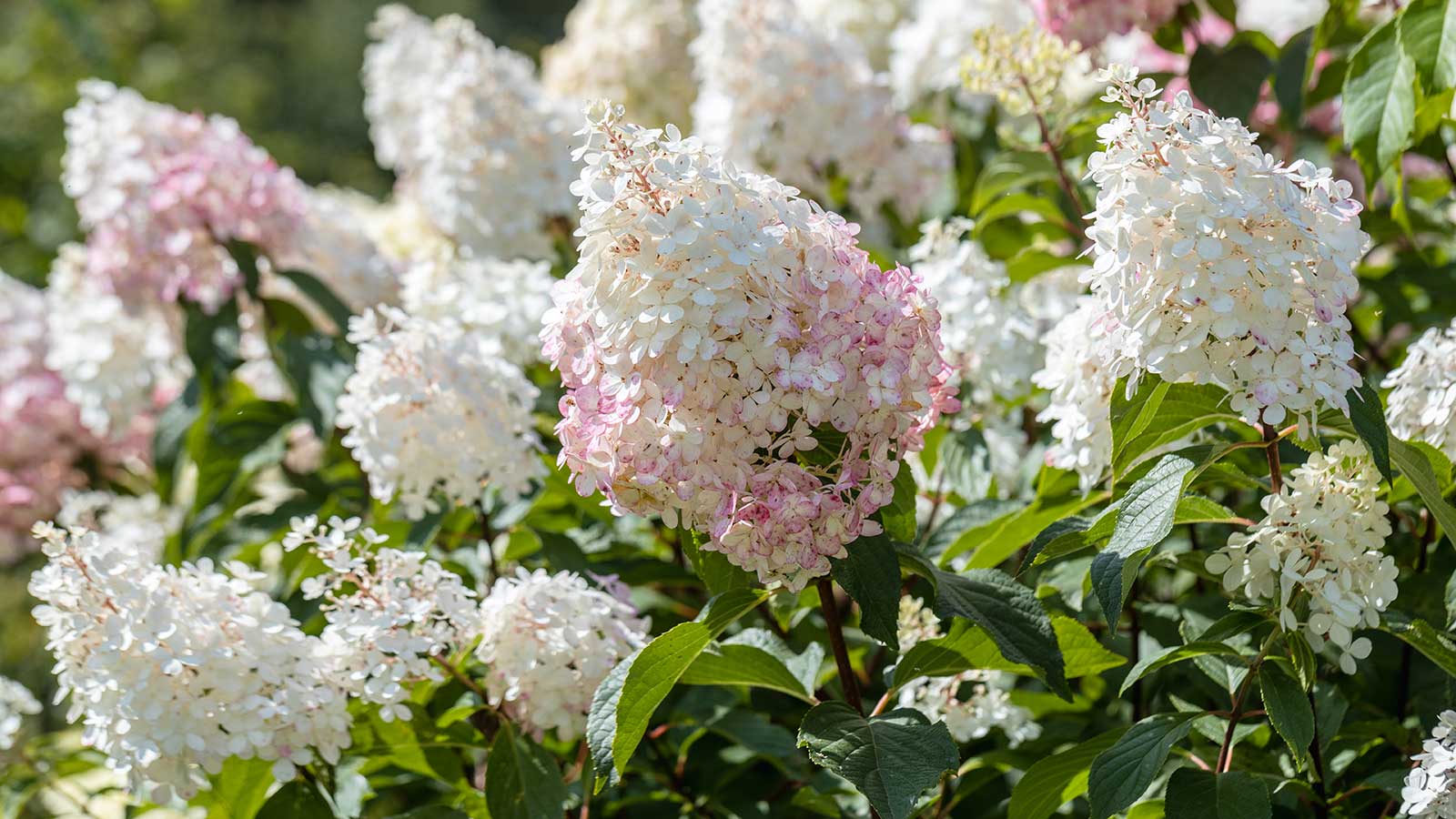 5 hydrangea myths debunked by experts – and what you need to know instead for beautiful blooms
5 hydrangea myths debunked by experts – and what you need to know instead for beautiful bloomsFrom ways to change their color to when to prune, there are certain misconceptions to steer clear of when growing these flowering shrubs
By Holly Crossley Published
-
 How the 'ODT' method can help you to tackle your overwhelming decluttering checklist – and streamline the process from start to finish
How the 'ODT' method can help you to tackle your overwhelming decluttering checklist – and streamline the process from start to finishAvoid 'analysis paralysis' and tick off tasks quickly and easily by making just one decision at a time
By Ottilie Blackhall Published